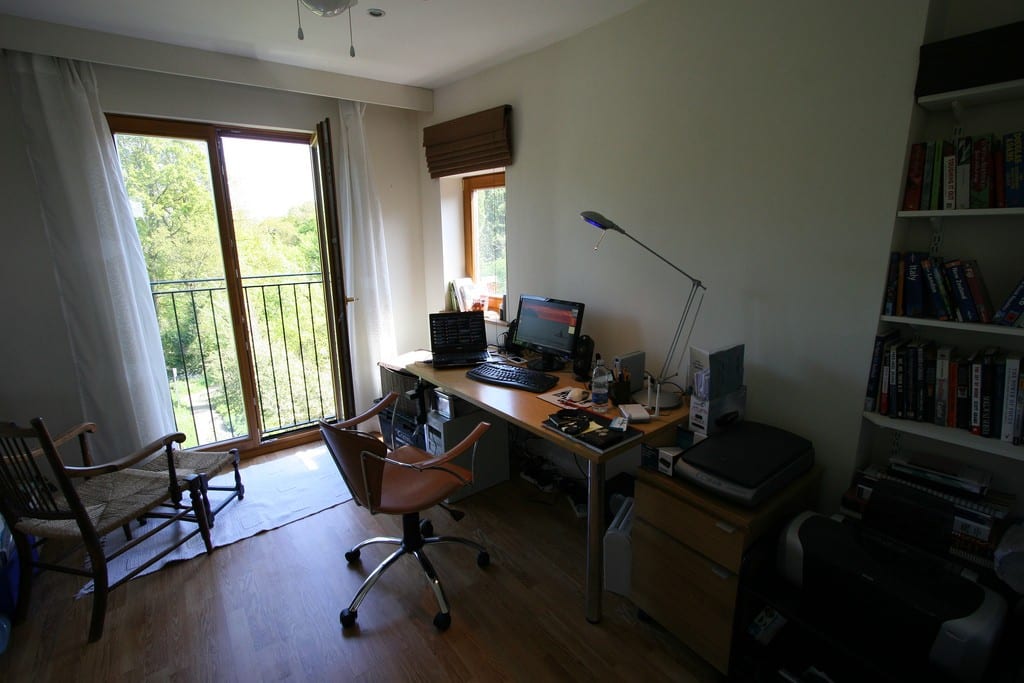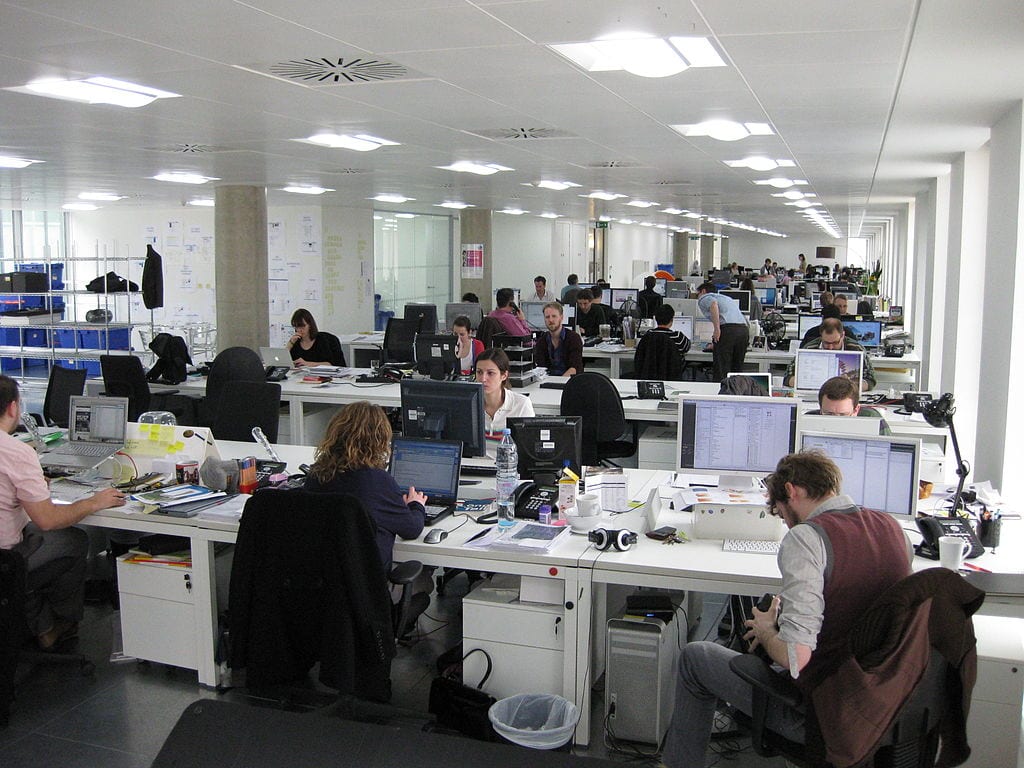Different Strokes: Every Business Is Unique And Has Unique Needs
There are a lot of things written both on and offline about what every single business needs in order to be successful. A lot of these blog posts and articles can be incredibly valuable. They go through many of the fundamentals that all businesses share so that any business has a strong foundation to work from. The problem is that there are many budding business owners out there who assume that they can get by with these fundamentals alone. Sadly, that’s not the case. In fact, one of the most important things to learn is that every business is unique and no two businesses are going to have the exact same needs. In order to help you avoid falling into that same trap, here are some things that are going to differ, perhaps slightly, perhaps significantly, based on the type of business that you’re running.
Staffing
Photo courtesy of Pexels
The kind of staffing needs that your business have is going to depend very heavily on the kind of business that it is in the first place. If your business is focussed on something like manufacturing, then you’re going to need workers with specific skill sets within the science and engineering industries, whereas if you’re running a business that provides SEO to other companies, then it’s likely that you’re going to be recruiting from selections of creatives and humanities graduates instead. Knowing what your business needs and choosing your staff accordingly are the key to a business that is made up of people, all moving the same direction.
Safety
Safety is a concern for any business, no matter what it is. However, that doesn’t mean that the safety concerns of various businesses are all going to be identical. Standards set out by The American Society of Safety Engineers are going to relevant to people within construction or engineering companies, but they aren’t going to have the same level of importance to those working in office environments. For those employees, it’s more important to focus on the basics of workplace health and safety.
Infrastructure
Photo courtesy of Pixabay
It’s true that certain aspects of your business’s infrastructure are going to be the same no matter what. For example, there isn’t a single modern business that isn’t going to need some form of internet and telephone connection. However, businesses that are exclusively online are going to have a much greater need for reliable, fast internet than companies that only use it for certain tasks. Knowing the needs of your business can prevent you from falling into the trap of huge infrastructure costs that your business simply doesn’t need.
Marketing
Every business needs marketing, that much should be obvious. However not every business is going to appeal to the same people. This means that each business is going to need to find the best possible marketing methods to help it reach its desired audience as effectively as possible. If you’re trying to reach companies who might want to use your services, then you’re going to marketing yourself very differently than if you were trying to connect directly with consumers. And even then, not every consumer is going to respond to the same kind of marketing in the exact same way.
















